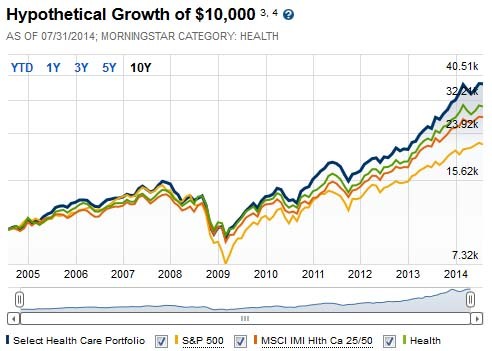Exchange Traded Funds Trading Funds Like Stocks
Post on: 15 Апрель, 2016 No Comment

NYSE Photo: Colin Gregory Palmers Photography
One of the hottest investment trends right now is the use of exchange traded funds (ETFs). ETFs are distinguished by their low costs, diversification and the ease with which they are traded like stocks. ETFs are known for their average Joe appeal, as well as their ability to cater to high-end investors. Because ETFs are traded like stocks, there are no minimums and you can buy only one share if you like. For the average investor, this makes ETFs easy and, with the advent of low-cost online brokerages, cost-efficient. Dollar cost averaging is now something that can be profitable for ordinary folks who want to invest in ETFs. For the sophisticated investor, ETF strategies include options, pairs trading and even a bit of side-stepping that can help you avoid the wash-sale rule.
What are exchange traded funds?
An ETF is a collection of stocks. However, that entire collection is traded on a market as if it were a single investment. A large investment institution such as Vanguard or Fidelity takes some of its holdings (in our example well use stocks) and put together a basket of investments from a specific index. This could be from a clean energy index, the S&P 500, the Wilshire, the Russell, the Dow or any other index that one wants to track. The shares are deposited with a holder. The holder issues what are called creation units. Its way for big institutional investors to buy into a fund without having to use cash. This creation unit that the firm now owns contains a block of shares of the ETF. For a creation unit, a block of 50,000 shares is pretty standard. The institutional investors break up the creation units into individual ETF shares that hold small portions of each of the different stocks in the unit. Now, each individual ETF share can be sold like a stock. This means that when you buy and sell an ETF, you will be charged the same fees/commissions as with any other stock trade.
ETFs dont just come in stock varieties, however. There are bond, commodity and currencies ETFs as well. It is possible to build a diverse investment portfolio entirely with ETFs, using different types of these funds to create an asset allocation that you prefer. For the average investor, ETFs consisting of stocks and bonds are generally used to create the asset allocation desired. For more advanced (and risk tolerant) investors, it is possible to add faster growth to a portfolio by mixing in currencies and commodities, and adding ETF options. Because ETFs are traded just like stocks, day traders can become involved, buying and selling whenever they want. (With mutual funds. you only buy at the end of the day for the net asset value NAV.) It is even possible to short when investing with exchange traded funds. Exchange traded funds are no longer just for investing in indexes, they can now be actively managed as well.
Exchange traded notes (ETNs) appear to be similar to ETFs in most characteristics but there are some key structural differences. ETNs are basically debt instruments issued that may track an index and as such do not impart any fractional ownership of the portfolio of companies in the index. With ETNs, an investor is not only taking on the investment risk of the index, but also the issuer risk, meaning the issuer of the ETN may not be able to pay up when the note matures. ETNs therefore do not have a NAV technically as there is no underlying portfolio, just an indicated value which is kept close to the index it tracks by offering arbitrage possibilities to large investors (similar to ETFs).

ETFs: Dividends and taxes
One of the things many people like about mutual funds is the automatic dividend reinvestment options. With ETFs, that ability is not available. Yes, you can receive dividends from ETF investments. However, just as is done with a regular stock, the money shows up in your brokerage account. When you reinvest that money, you will be charged a fee, since you will have to execute another trade. It is possible to get around this by looking for a brokerage that allows you to reinvest dividends at no charge to you. They do exist.
There are myths that ETFs offer you a tax-free option. This is not true. While you can use ETFs in a tax-advantaged retirement account (reduce costs by investing quarterly instead of monthly), there are still other considerations. You have to pay taxes on capital gains and dividends received. Happily, though, ETFs generally do not have the sort of selling that would result in undistributed capital gains. Changes to underlying indexes, though, or massive sales of underlying holdings, could cause tax issues down the road. Still, ETFs that track an index do offer tax efficient investments as the funds are typically passively managed. Unlike traditional mutual funds, redemptions from some investors will not trigger capital gains implications for other investors in the ETFs so they can also be more tax efficient than an equivalent mutual fund.
ETFs can make solid additions to an investment portfolio. However, realize that there are risks involved, and that there are costs albeit usually low and taxes involved. There are multiple resources on the internet to research ETFs. Morningstar can be used to research ETFs in addition to traditional mutual funds. ETFConnect is another website that is dedicated to ETFs.














